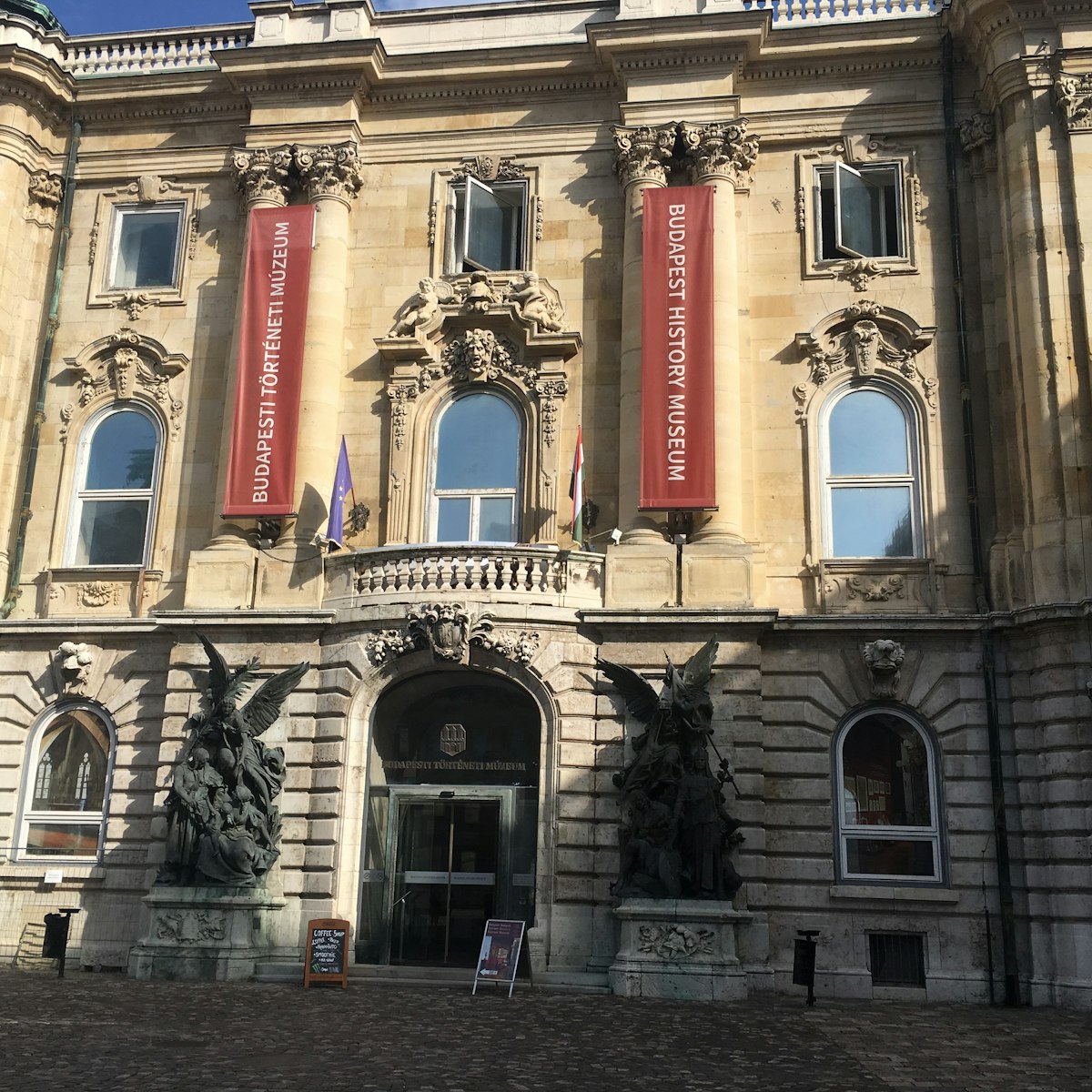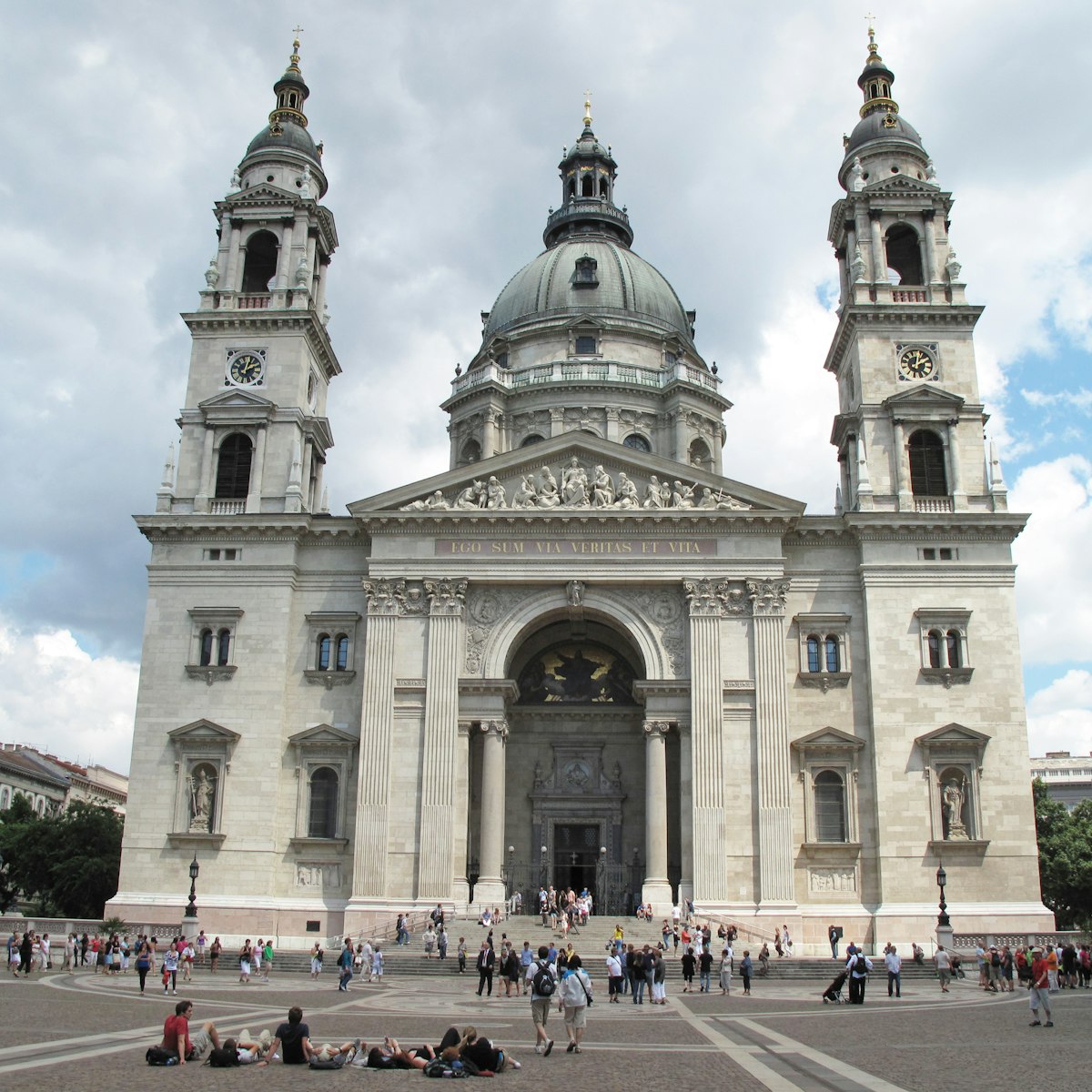This fabulous museum exhibits the work of the eponymous art nouveau stained-glass maker Róth (1865–1944) over two floors of the house and workshop where he lived and worked from 1911 until his death. Róth’s dark-brown living quarters stand in sharp contrast to the lively, Technicolor creations that emerged from his studio. His stunning mosaics are less well known but equal to his stained glass.

Lonely Planet's must-see attractions

2.31 MILES
Castle Hill is a kilometre-long limestone plateau towering 170m above the Danube. It contains some of Budapest’s most important medieval monuments and…

0.9 MILES
Housed in a grand Renaissance-style building and once again opened after three years' renovations in late 2018, the Museum of Fine Arts is home to the…

25.99 MILES
The largest church in Hungary sits on Castle Hill, and its 72m-high central dome can be seen for many kilometres around. The building of the present…

1.98 MILES
The Castle Museum, part of the multibranched Budapest History Museum, explores the city's 2000-year history over four floors. Restored palace rooms dating…

20.58 MILES
The 13th-century citadel looms over Visegrád atop a 333m-high hill and is surrounded by moats hewn from solid rock. The real highlight is simply walking…

1.1 MILES
Budapest's stunning Great Synagogue is the world's largest Jewish house of worship outside New York City. Built in 1859, the synagogue has both Romantic…

6.58 MILES
Home to more than 40 statues, busts and plaques of Lenin, Marx, Béla Kun and others whose likenesses have ended up on trash heaps elsewhere, Memento Park,…

1.3 MILES
Budapest’s neoclassical cathedral is the most sacred Catholic church in all of Hungary and contains its most revered relic: the mummified right hand of…
Nearby Budapest attractions
0.46 MILES
This green villa with its curious turret was designed by Emil Vidor Emil Vidor (1867–1952) for his father in 1905 and incorporates any number of European…
0.47 MILES
The one-time home of the eponymous first director (1828–1905) of the Museum of Applied Arts has recently opened and is a shrine to art nouveau…
0.47 MILES
A stunning example of late art nouveau architecture designed by Aladár Arkay in 1913, with carved wooden gates, stained glass and ceramic tiles on the…
0.47 MILES
This cream-coloured villa designed by Emil Vidor (1867–1952) in 1902 is among the purest – and most extravagant – examples of art nouveau architecture in…
0.5 MILES
Also known as the Fiume St Graveyard (Fiumei uti sírkert), this is Budapest’s equivalent of London's Highgate or Père Lachaise in Paris. Established in…
0.5 MILES
Built as a family home in 1899, this delightful villa at the top end of Városligeti fasor near City Park is master architect Kálmán Albert Körössy's most…
7. Erzsébetváros Bilingual Elementary School
0.52 MILES
This art nouveau primary school designed by Ármin Hegedűs in 1906 has superb mosaics on its facade depicting contemporary children's games.
8. 1956 Hungarian Revolution Monument
0.56 MILES
This monolithic assembly of gleaming metal and rusting steel columns erected in 2006 to mark the 50th anniversary of the abortive uprising stands on the…







